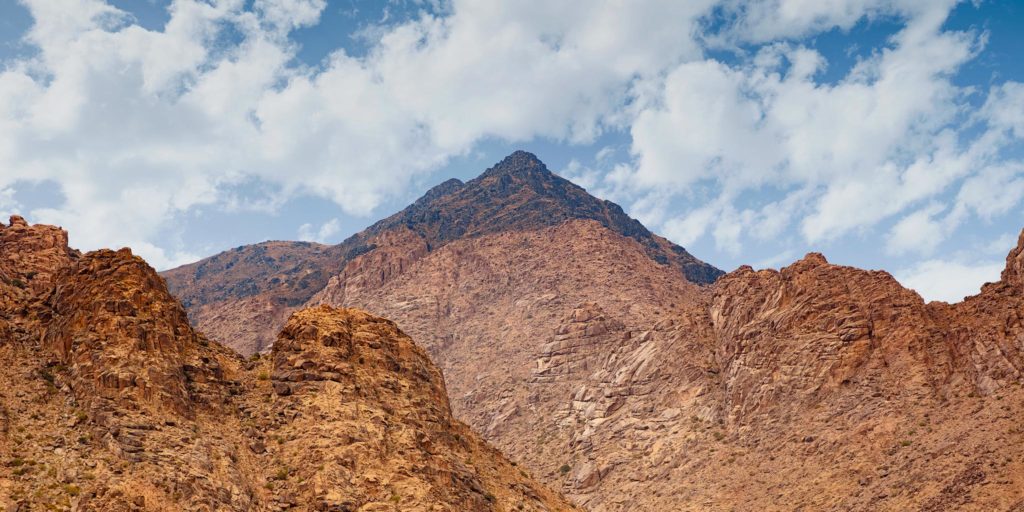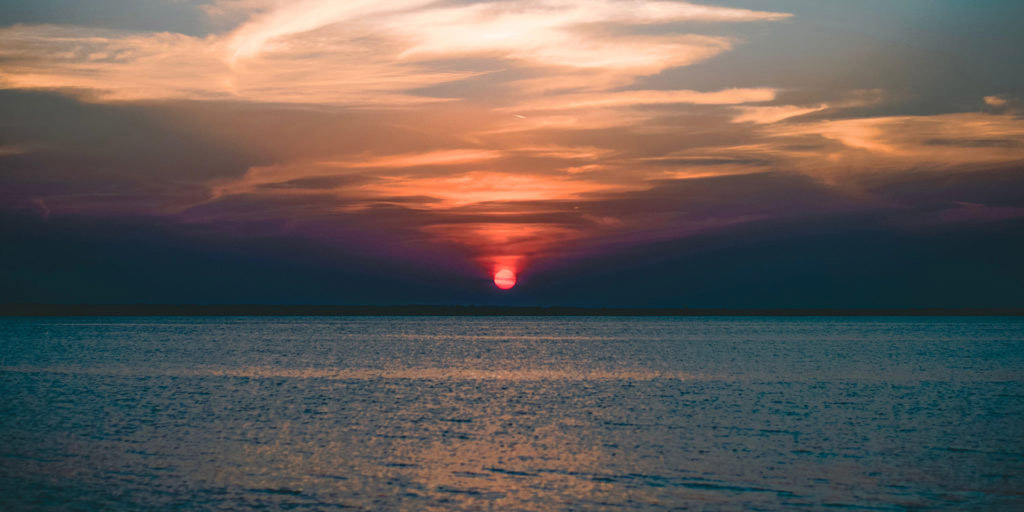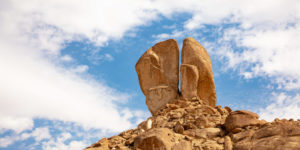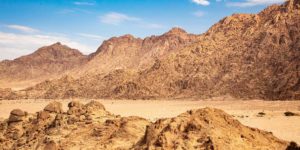Real Mount Sinai: The Forgotten Mountain of God

Ancient history conceals giants of mystery. A symphony of archaeology, anthropology, epigraphy, and linguistics must harmonize to unveil truth. Forgotten history lays dormant – buried in sand, engraved on walls, and scripted on fragments of aging parchment.
There is an old saying that rings true for these fields of research: A miss by an inch is a miss by a mile.
The true Mountain of God (also known as Horeb, or Mount Sinai) has been contested for millennia. The memory of its location has faded with time. The reasons for such a lapse of recollection are complex and controversial.
Emperor Constantine, under the influence of his mother Queen Helena, moved the Roman Empire under Christian rule. Influenced by pagan religions and cultures of idolatry, the queen built monuments around sacred places of the Bible. One of such places was purportedly the site of the burning bush and the location of Mount Sinai. Though she never set foot in the land, she claimed that Mount Sinai was in the Egyptian peninsula. No one dared to question the queen for hundreds of years, and as a result, this became the traditional site of Mount Sinai on the the Sinai Peninsula.
The problem is that this traditional location didn’t fit with the Bible’s description. This made it difficult for scholars to piece together the archaeological record. Because of the lack of evidence surrounding the traditional site, Bible scholars began to question the story of the Exodus itself. Archaeologists and anthropologists had missed the mark because of traditions and translations. Human error pushed us away from the truth. We have progressively forgot the miraculous work of Yahweh in the Exodus. Biblical history became metaphors and illustrations – not facts of reality.

Remembering what we’ve forgotten is simple. We need to seek out the source of all Truth – the written Word of God.
The Bible marks this body of water clearly in several places. One in particular outlines its location. It indicates the gulf of Aqaba of the Red Sea that borders Saudi Arabia.
“And King Solomon made a navy of ships in Ezion-Geber, which is beside Eloth, on the shore of the Red Sea [Yam Suph], in the land of Edom…” (1 Kings 9:26)
The city of Ezion-Geber is written of six times in the Old Testament. It was on the north coast of the gulf of Aqaba – part of the historical and current Red Sea.
So why then is a location so clearly stated so easily muddled and confused? We can turn to the Book of Isaiah for wisdom and understanding. Isaiah was a 7th century BCE prophet from Judah. He chastised God’s holy people for adapting pagan cultures and religious practices. In the Book of Isaiah, chapter 65, he speaks of God’s people forgetting His holy mountain.
“But you are those who forsake the LORD, Who forget My holy mountain, Who prepare a table for Gad, And who furnish a drink offering for Meni. — Is 65:11
In Hebrew, to forget is deeper than not recalling. It is also attached to forgetting what occurred there – their marriage covenant to God. After their exile, rebuilding the temple was forefront in the minds of the rededicated Jews who sojourned back to Jerusalem. God’s mountain became a place to remember a set of ideals more than a place of pilgrimage. The Israelites did not regard Mount Sinai as a holy mountain, so memory of its location vanished.
As scholars and academics uncover new archaeological evidence, Mount Sinai is being remembered. These discoveries have led to the ancient land of Midian, across the Red Sea, in northern Saudi Arabia. This land is where locals have called a particular summit: the mountain of Moses. In the past, access to this region was outlawed. This mountain, named Jebel al-Lawz, was not spoken of except by locals who lived in the region.
On September 27, 2019, the Saudi government opened up tourism to the general public. Areas long forgotten and tucked away are now being rediscovered. Researchers can now visit these controversial sites and investigate the truth first-hand. The evidence is accessible and the doors are open.
Living Passages is blessed to be able to offer tours to Jebel al-Lawz and other Biblical sites in Arabia. Check out our upcoming Saudi Arabia tours and the locations you can visit!
Be a pioneer. Join our tours to Saudi Arabia and discover the archaeological evidence leading to the Biblical Mount Sinai. Be among the first to remember God’s Holy Mountain!



